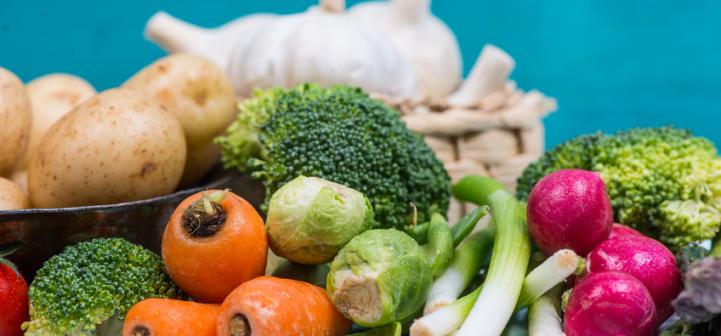
Farm to School is an important and exciting program that supports local economies and promotes student interest in foods that are grown near their school or on site. For the food service director, the financial feasibility of the program is as equally important as the student interest the program generates. In order for Farm to School to be successful, it is important that the program be beneficial to the school system economically and that cafeterias can meet their bottom line while participating in the program.
Here is a great example of how Farm to School can actually help the bottom line. In Alachua county Florida, lettuce and other crops are grown on site at a high school and used to serve several cafeterias. The site is called the Farm to School Work Hub and consists of several greenhouses and an in-ground outdoor production area; the school can produce up to 150 head of lettuce a week for cafeterias. For spring mix lettuces, the school district could purchase lettuce from the high school at $1.30/lb less than what they could buy from a distributor and romaine produced at the school costs about $0.05 more per pound than from a distributor. Both lettuce products from the high school are grown organically and last twice as long as the lettuces from the produce distributor, adding even more value to the locally grown products.
Another approach for school districts to get a beneficial price on local produce is through opportunity buys and seasonal purchasing. Produce items normally have the lowest cost when they are in season. A school district can do 1-2 purchases a year from a nearby farm at the height of their season for the best prices of the year. Several Florida school districts take advantage of the low price of in-season strawberries during the state’s warm winter and provide students with fresh, local, and affordable berries.
In a California school district, the start of a Farm to School program that focused on salad bars resulted in an overall increase in school lunch participation during a 5 year period. It can be difficult for a school district to definitively attribute a change in lunch purchases to one factor alone, but Farm to School has certainly been a contributing factor to more interest and enthusiasm for school lunch programs.
Farm to School programs are expanding each year! To get your program started, try buying an in season fruit or vegetable that is widely produced in your state. One or two local purchases a year is an easy way to begin a new program in your district.
Contributor
Beth Owens, MAg, University of Florida/IFAS Extension
Sources
Alachua County Farm to School Website
National Farm to School Network, The Benefits of Farm to School (PDF)
National Farm to School Network, Yolo County Farm to School Evaluation Report
